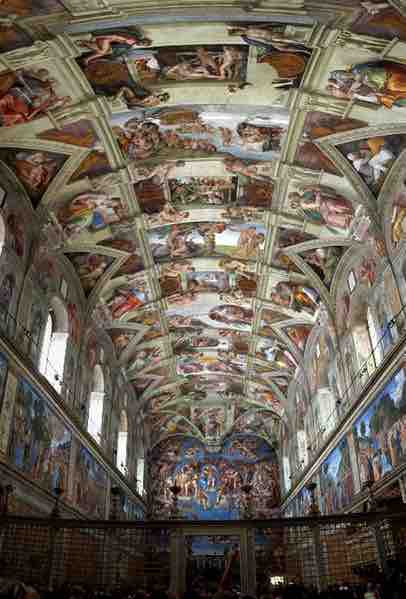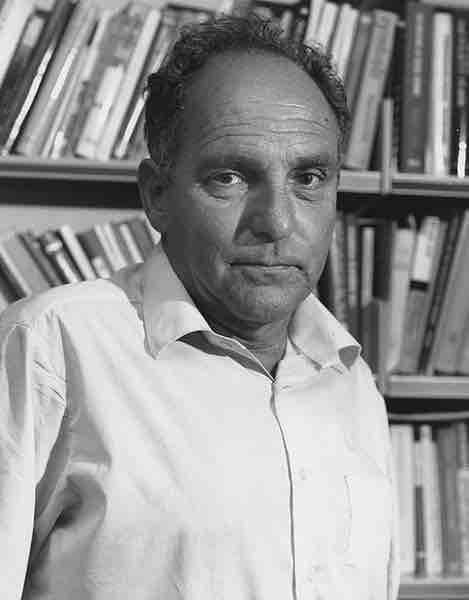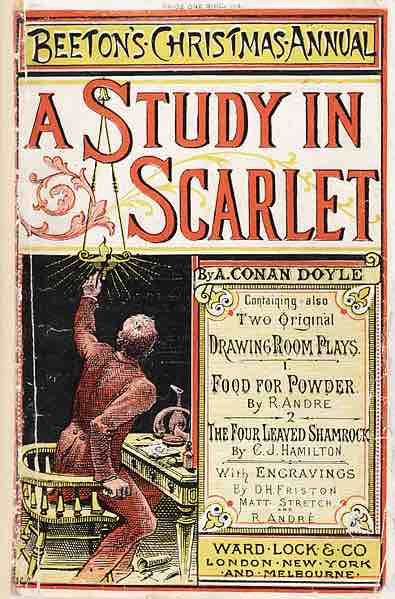Popular culture studies is the academic discipline studying popular culture from a critical theory perspective. It is generally considered as a combination of communication studies and cultural studies. Popular culture is the entirety of ideas, perspectives, attitudes, memes, images, and other phenomena that are within the mainstream of a given culture, especially Western culture of the early to mid 20th century and the emerging global mainstream of the late 20th and early 21st century. Heavily influenced by mass media, this collection of ideas permeates the everyday lives of the society.
In order to understand popular culture, we must first distinguish between what has been traditionally referred to as "high" and "low" culture. High culture most commonly refers to the set of cultural products, mainly in the arts, held in the highest esteem by a culture. It is the culture of an elite such as the aristocracy or intelligentsia, and is contrasted with the low culture of the less well-educated, barbarians, Philistines, or the masses. Low culture is thought to encompass such things as gossip magazines, reality television, popular music, yellow journalism, escapist fiction, and camp.

High culture
The exquisite frescoes inside the Sistine Chapel illustrate an example of the "high culture" of the elite aristocracy of the times.
High culture became an important concept in political theory on nationalism for writers such as Ernest Renan and Ernest Gellner , who saw it as a necessary component of a healthy national identity. Gellner's concept of a high culture extended beyond the arts; he used it to distinguish between different cultures (rather than within a culture), contrasting high cultures with simpler, agrarian low cultures. Pierre Bourdieu, on the other hand, used a much broader, class-based, definition of high culture or "taste", which includes etiquette, appreciation of fine food and wine, and even military service, but also references different social codes supposedly observed in the dominant class, and that are not accessible to the lower classes.

Ernest Gellner
Ernest André Gellner (9 December 1925 – 5 November 1995) was a British-Czech philosopher and social anthropologist.
The definition of what constitutes popular culture - and where it falls within high and low culture - is frequently debated. Traditionally the term has been synonymous with low culture, denoting the education and general "culturedness" (or lack thereof) of the lower classes, as opposed to the "official culture" and higher education emanated by the dominant classes. However, this definition of popular culture has the problem that much "high culture" (e.g., television dramatizations of Jane Austen) is also "popular. " "Pop culture" is also defined as the culture that is "left over" when we have decided what high culture is. However, many works straddle the boundaries, such as Shakespeare and Charles Dickens.
A postmodernist approach to popular culture might argue that there is no longer a clear distinction between high culture and popular culture. The blurring of the boundaries between high and low culture is one of the main complaints made by traditional intellectuals about contemporary mass society. Among the first literary institutions responsible for this mix were commercial book clubs, such as the Book-of-the-Month-Club, appearing from the 1920s on. The book clubs were perceived as scandalous because they blurred some basic distinctions of cultural discourse, and dared to put "serious" fiction on the same level as detective stories , adventure stories, biographies and popular nonfiction. In essence, they created a space where high and low could meet.

Low culture
The detective series featuring the character Sherlock Holmes, in its debut, would have been considered a kind of "low," or popular, culture.
Following the work of the Frankfurt School, popular culture has come to be taken more seriously as a terrain of academic inquiry and has also helped to change the outlooks of more established disciplines. Conceptual barriers between so-called high and low culture have broken down, accompanying an explosion in scholarly interest in popular culture, which encompasses such diverse media as comic books, television, and the Internet. Reevaluation of mass culture in the 1970s and 1980s has revealed significant problems with the traditional view of mass culture as degraded and elite culture as uplifting. Divisions between high and low culture have been increasingly seen as political distinctions rather than defensible aesthetic or intellectual ones.